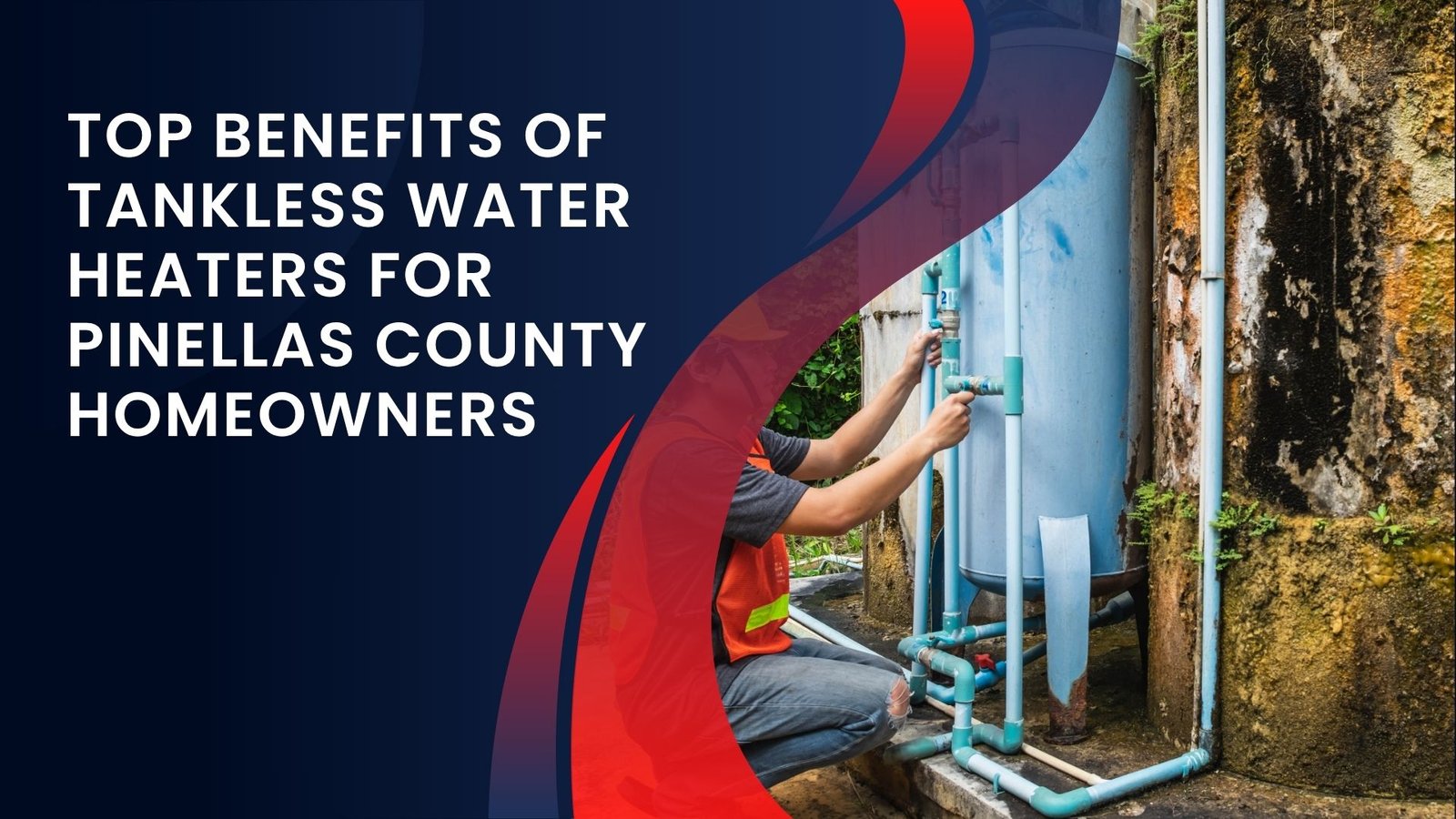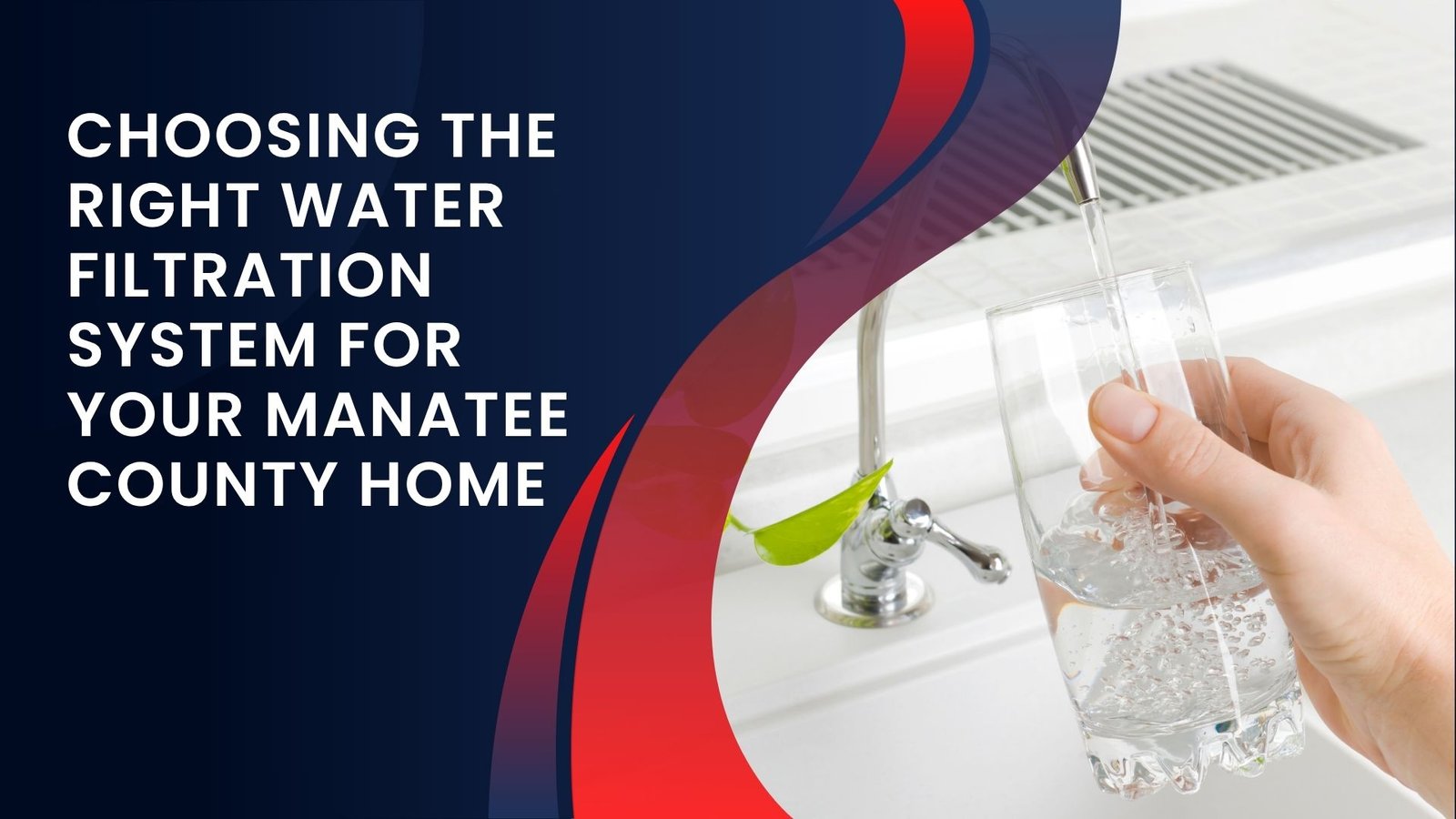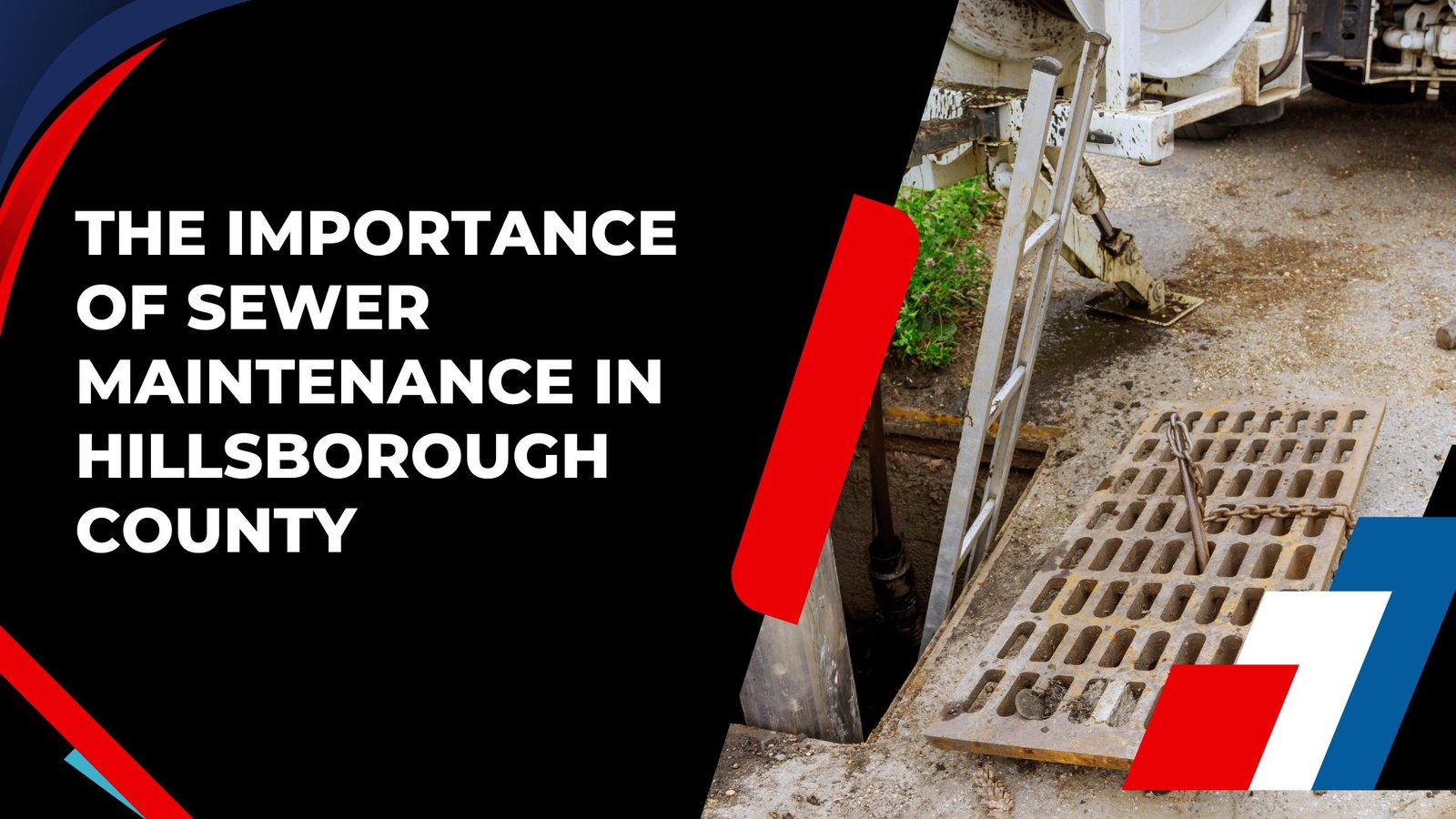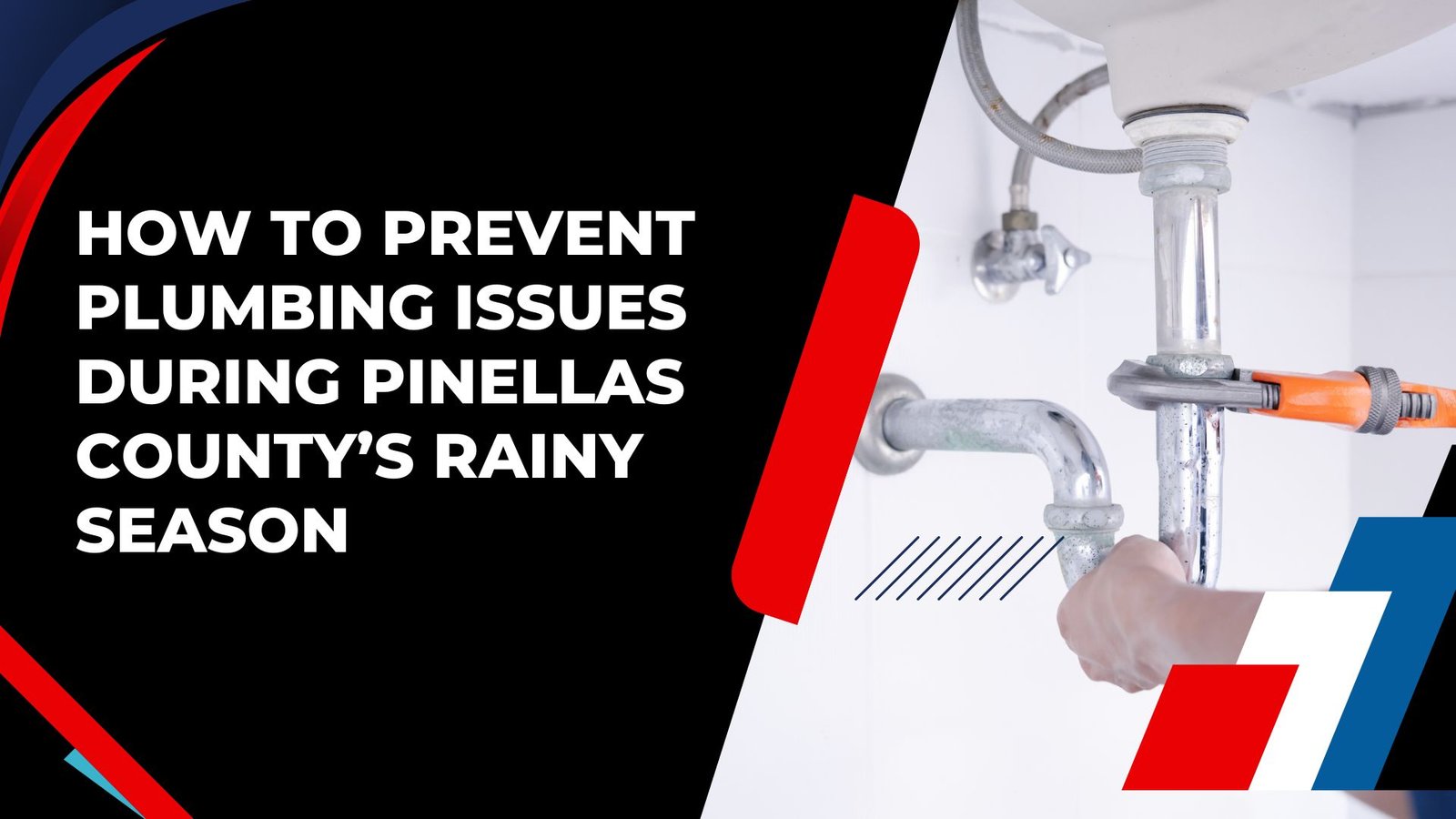
Plumbing
Why DIY Plumbing Repairs Often Backfire for Hillsborough County Residents
With the rise of online tutorials and home improvement shows,

With the rise of online tutorials and home improvement shows,

If you’re a homeowner in Pinellas County, you’ve likely experienced

Choosing the Right Water Filtration System for Your Manatee County

Hillsborough County homeowners know that a healthy plumbing system is

Florida’s rainy season brings much-needed relief from the heat, but
